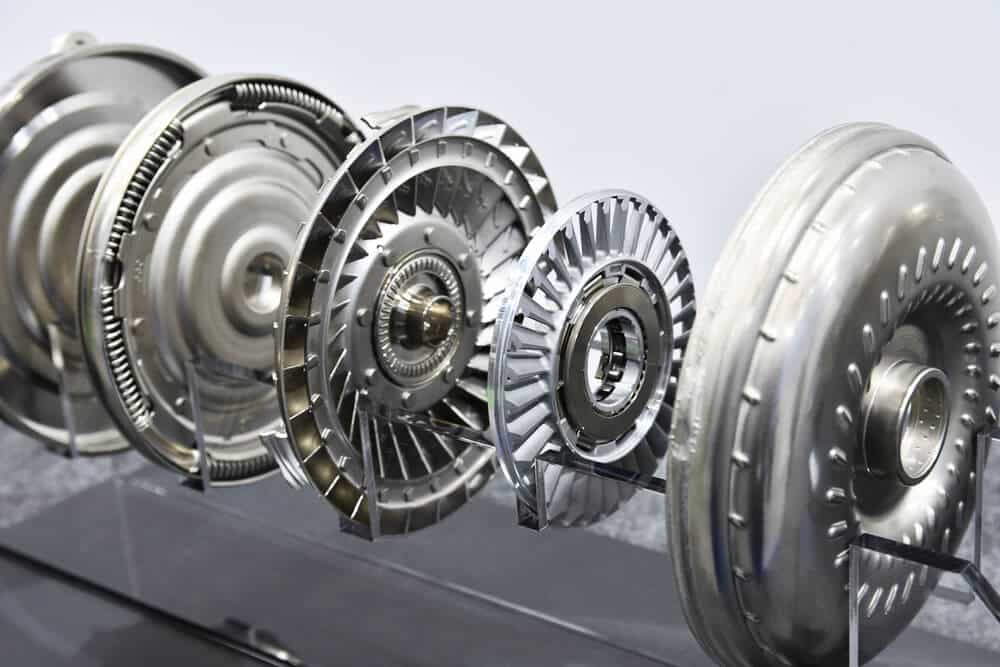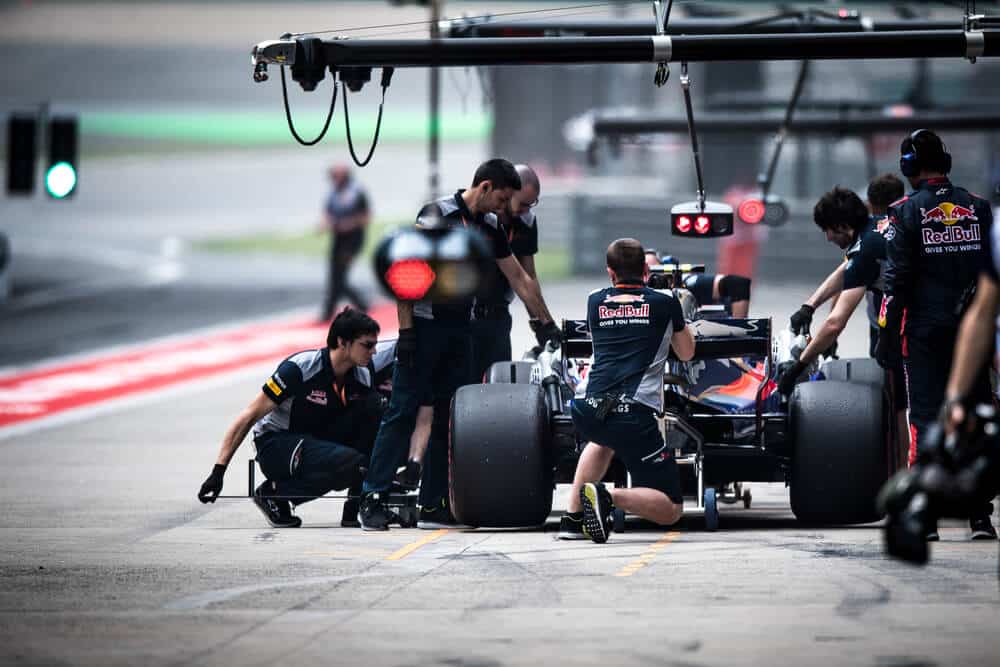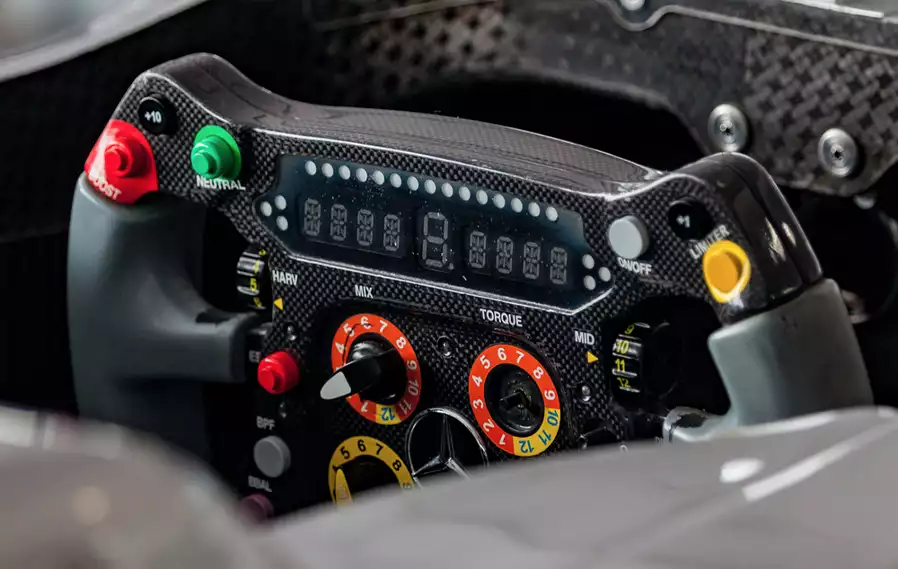Formula One racing is one of the most exciting sports in the world, featuring the fastest and most advanced cars on the planet. Behind the impressive speed and acceleration lies a complex network of technical elements that make the cars perform at their best.
One such element is torque, the twisting force that enables the wheels to turn and the car to move forward. Torque plays a crucial role in F1, affecting acceleration, top speed, and overall performance. It is the primary factor that determines how quickly a car can reach its top speed and how effectively it can handle corners and turns.
In this article, we will delve into the world of F1 torque, exploring its significance, its impact on the sport, and how it is measured and optimized. From the engineering challenges to the thrill of the race, torque is a critical aspect of F1 that cannot be overlooked.
Table of Contents
Watch this video to learn more about torque.
What is Torque?
Torque is a twisting or rotational force around an axis. It depends on the applied force, distance, and angle. In F1, it determines a car’s acceleration, top speed, and performance. The engine’s torque output, gearing, and aerodynamics affect the car’s acceleration, top speed, and cornering ability. Teams optimize torque output by using various engineering techniques.
How is it used in Formula One racing?
In F1, torque is used to accelerate the car from a standstill and to maintain speed on straightaways. The amount of torque generated by the engine is a critical factor in determining a car’s acceleration and top speed.
Additionally, torque plays a key role in navigating corners and turns, as drivers must carefully manage the amount of torque applied to each wheel to maintain traction and control. Teams work tirelessly to optimize their cars’ torque output through a range of engineering techniques, including engine tuning, gear ratios, and aerodynamics.
Ultimately, the successful use of torque is a critical factor in winning races and championships in the world of F1.
Key Takeaways
- Torque is the twisting force that allows an object to rotate around an axis or pivot point.
- In Formula One racing, torque is a critical factor that affects a car’s acceleration, top speed, and overall performance.
- The engine’s torque output, gearing, and aerodynamics are key factors that determine a car’s performance.
- Teams optimize their car’s torque output through various engineering techniques, including engine tuning, gear ratios, and aerodynamic design.
- Torque plays a crucial role in cornering and turning, as drivers must manage the amount of torque applied to each wheel to maintain traction and control.
- Torque optimization is a crucial aspect of F1 engineering, and teams spend significant resources to maximize their car’s torque output.
- The successful use of torque is a critical factor in winning races and championships in the world of F1.
- Understanding torque and its impact on F1 performance is essential for fans, engineers, and anyone interested in the sport.
Different types of Torque
Torque comes in different forms, each with unique characteristics and applications. The three main types of torque are engine torque, mechanical torque, and electrical torque.
Engine Torque
Engine torque is the twisting force produced by the car’s engine. It is a primary factor in determining a car’s acceleration and top speed. Engine torque is influenced by several factors, including engine design, fuel type, and tuning.
Mechanical Torque
Mechanical torque is produced by mechanical devices such as gears, shafts, and belts. It is used to transfer rotational force from one component to another and is a crucial factor in power transmission systems. Mechanical torque is affected by factors such as gear ratios, friction, and mechanical losses.
Electrical Torque
Electrical torque is produced by electric motors and is used in electric and hybrid vehicles. It is a result of the interaction between the electric field and the magnetic field in the motor, which causes the rotor to turn. Electrical torque is influenced by factors such as the motor’s design, voltage, and current.
Effects of Torque in Formula One Racing
Torque is a crucial factor in Formula One racing that affects several aspects of a car’s performance. The three main effects of torque on F1 racing are acceleration, top speed, and handling.
Acceleration
Torque plays a significant role in a car’s acceleration. A high torque output allows a car to accelerate quickly from a standstill and through the gears. Acceleration is critical in overtaking and defending positions, and optimizing torque is key to achieving top performance in this aspect.
Top Speed
The engine’s torque output, along with the car’s gearing and aerodynamics, determines a car’s top speed. A higher torque output allows a car to reach higher speeds, but it also affects the car’s handling at high speeds. Balancing torque with other factors is essential to achieve the desired top speed.
Handling
Torque also affects a car’s handling, especially in corners and turns. A driver must manage the amount of torque applied to each wheel to maintain traction and control. Too much torque can cause wheel spin, while too little torque can cause the car to lose speed. Optimizing torque for handling is essential for achieving the best lap times and winning races.

Benefits of Performance with Torque
Optimizing torque in Formula One racing offers several benefits for car performance. These benefits include increased acceleration, higher top speed, better handling, improved lap times, and higher chances of winning races and championships.
Teams invest significant resources in developing and tuning their engines, gears, and aerodynamics to maximize torque output and achieve optimal performance. The successful use of torque can provide a competitive edge and make the difference between winning and losing in the world of F1 racing.
Understanding the benefits of torque and its impact on car performance is essential for teams, drivers, engineers, and fans of the sport.
Future of Torque in Formula One Racing
The future of torque in Formula One racing is set to be shaped by advancements in engine technology, energy recovery systems, and sustainable fuels. Electric and hybrid powertrains are becoming more prevalent in F1, which introduces new opportunities and challenges for torque optimization.
The development of advanced materials and aerodynamic designs will also play a significant role in maximizing torque output while reducing weight and drag. Additionally, F1’s commitment to sustainability will drive the adoption of renewable fuels, which could change the way engines produce torque. As F1 evolves, teams will continue to explore new ways to optimize torque output and performance, leading to a new era of innovation and competition in the world’s most advanced motorsport.
Understanding the future of torque is essential for anyone interested in the sport and its impact on the wider automotive industry.
Frequently asked questions
What type of torque is most commonly used in Formula One racing?
How does torque affect acceleration in Formula One racing?
How does torque affect handling in Formula One racing?
Conclusion
In conclusion, torque is a crucial factor in Formula One racing and plays a significant role in determining a car’s performance. Engine, mechanical, and electrical torque all contribute to a car’s acceleration, top speed, and handling. Teams invest significant resources in developing and optimizing torque output to achieve the best results on the track.
The benefits of torque optimization include improved lap times, better handling, higher top speed, and increased chances of winning races and championships. Looking ahead, the future of torque in F1 racing is set to be shaped by advancements in engine technology, energy recovery systems, and sustainable fuels.
As the sport evolves, teams will continue to explore new ways to optimize torque output and performance, leading to a new era of innovation and competition. Understanding the role of torque in Formula One racing is essential for anyone interested in the sport and its impact on the wider automotive industry.
Article sources
Learn more about Formula One
Want to learn more about F1? Then visit our Formula 1 glossary and dictionary.



